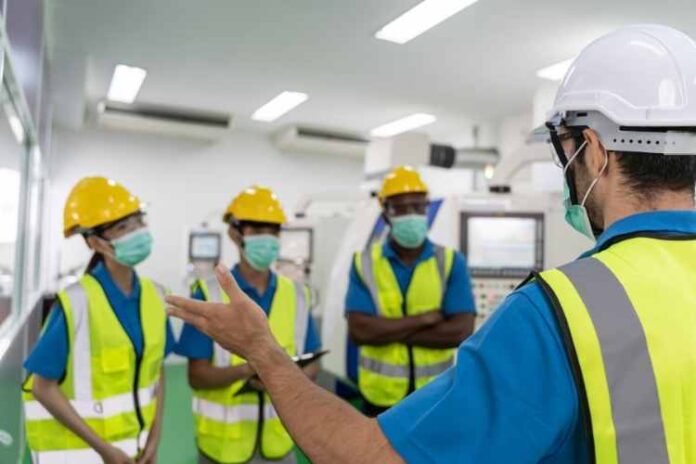Fieldwork involves a lot of risks, no matter which industry you belong to. It becomes even more difficult if you are in a rescue force, firefighting department, or working at heights occasionally.
Hence, to combat the risks associated with these strenuous jobs, there are special facilities like working at heights training. This training is created by adhering to the strict norms of the field work, which are at great heights.
Apart from this, it is also necessary to understand some safety points to remain safe. Go ahead and make yourself aware.
What Works Involve Working At Heights Training?
In every industry, the field workers are exposed to height daily. The work mentioned below is a few of the many incidents that might expose a worker to heights in a risky way.
- Working with a ladder on a pole
- Tower rescue operations
- Roof alignment at construction sites
- Window cleaning for corporate buildings
As per the norms, if a person is working at 4 feet or higher, training at heights is necessary.
Now that we understand the importance of heights safety training let us explore some safety tips to adhere to while working at heights.
Safety Tips For Working At Heights.
Whether you are working through a ladder, loading a dock, or repairing the roof on a construction site, safety is something one must not ignore. The company follows strict rules to mitigate the risk and make working at heights training possible.
Below are some essential safety tips for the workers to keep in mind while working at heights.
Fix Railings.
There are portable railings available that you can quickly fix around the roof’s edges. It is easy to dismantle these railings and fix them wherever needed. There is no added training to use this equipment because they are highly ergonomic and easy to carry.
Use PPE Kits.
So you thought these are only available to hospital workers? There is a PPE kit for every hazardous task and working at heights is one of them. These kits will contain essential tools, ropes, levers, and manuals to execute a task without being vulnerable to risks.
Prepare Yourself.
While nobody wants to imagine a scenario when they are falling from a height, a little danger estimation helps damage control. Looking at a person working with a safety lanyard seems easy, but it is not.
You must calculate the fall clearance well in advance and choose your safety kit accordingly.
Select an Appropriate Anchor Point.
These are just the basics of ensuring fall safety while working at heights. The anchor point is one of the essential elements for making your safety a priority. Choose an anchor point that can endure a heavy load.
Trustworthy Aerial Lifts.
Even though lifts are safe to use when working with heights, many things could go wrong. This could result from improper use of aerial lifts and the engineering not knowing the operations correctly.
Even when you are on a lift, you must be tied off properly to prevent mishandling.
Understand the Type of Fall Protection.
One must keep in mind the frequency of work, duration of work, and task location. By understanding these three factors, one can execute the proper fall protection for the situation.
Summing Up.
Therefore, the bottom line of all these safety tips is training. If an individual is well-versed with the system, working at height becomes ten times easier and less dangerous. Take the appropriate training, and you will be good to go.


























